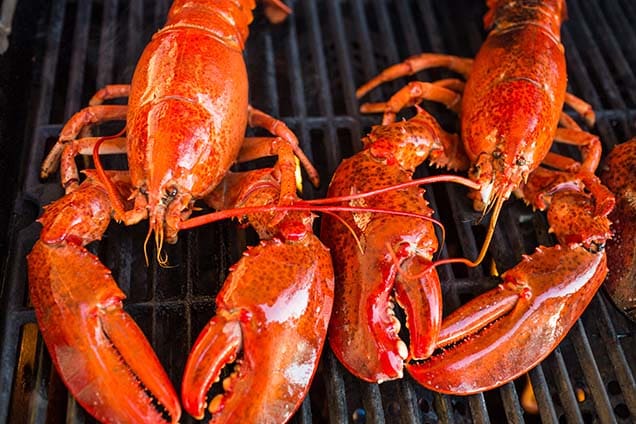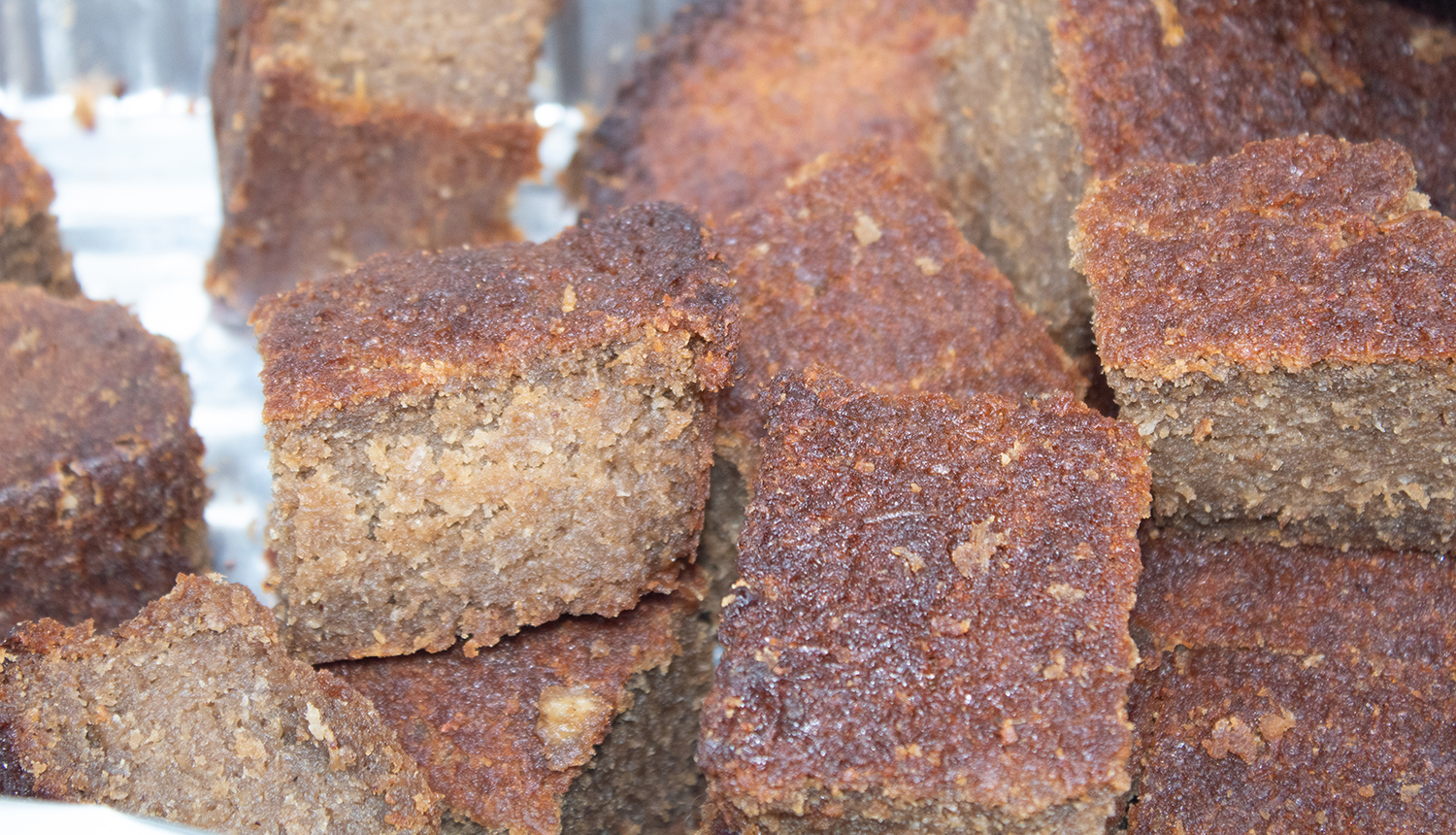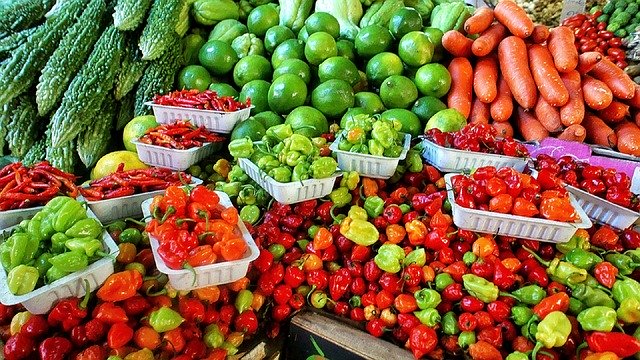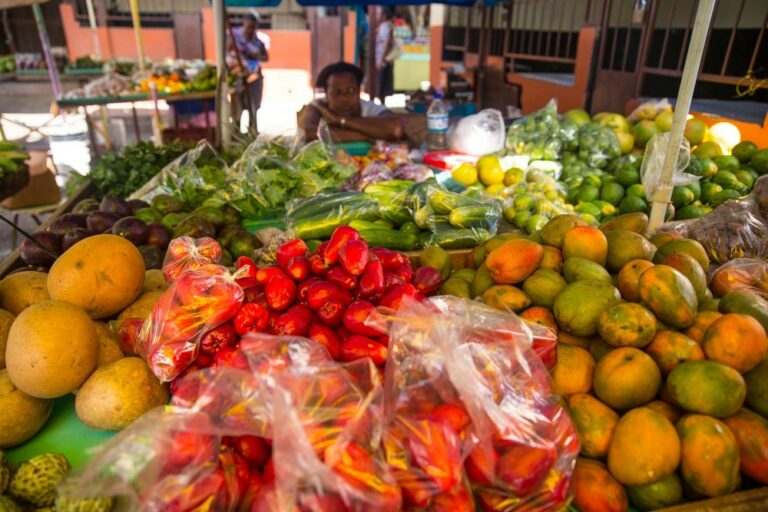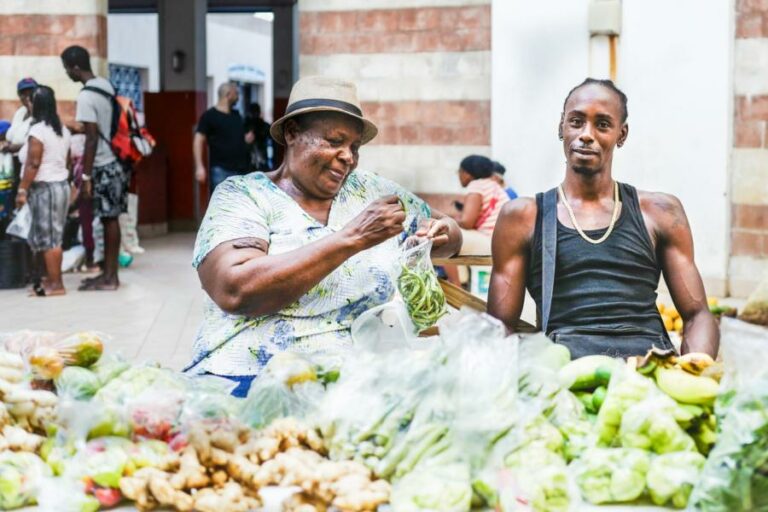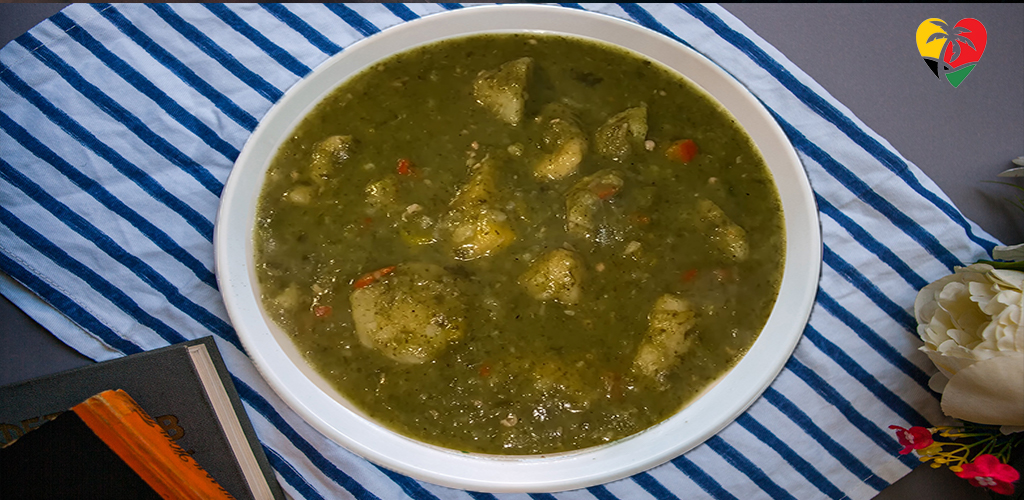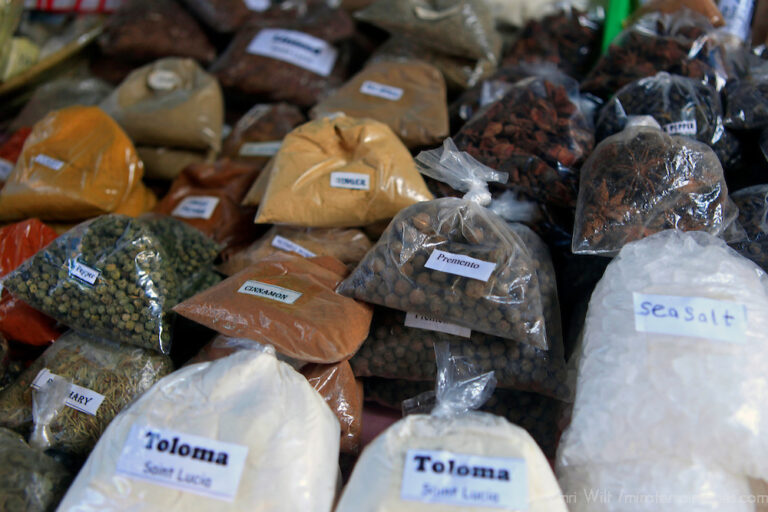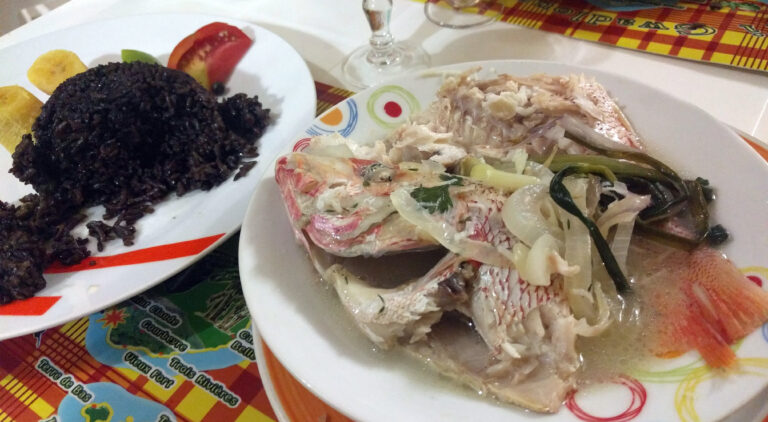Introduction: Saint Kitts and Nevis cuisine
Saint Kitts and Nevis is a small island country located in the Caribbean Sea. The cuisine of Saint Kitts and Nevis is a reflection of the country’s history and culture. Influenced by the African, European, and indigenous people, the cuisine of Saint Kitts and Nevis offers a unique blend of flavors and ingredients.
Staple dishes: Saltfish and dumplings
Saltfish and dumplings are considered the staple dish of Saint Kitts and Nevis. Saltfish is dried and salted cod that is rehydrated and mixed with onions, peppers, and other spices. Dumplings are a mixture of flour and water that is boiled and served with the saltfish. This dish is typically served for breakfast but can also be enjoyed as a main course meal.
Meat dishes: Goat water and stewed oxtail
Goat water is a flavorful stew made with goat meat, breadfruit, dumplings, and other vegetables. The stew is seasoned with thyme, bay leaves, and other spices, making it a popular dish during special occasions and festivals on the islands. Stewed oxtail is another popular meat dish on the islands. The oxtail is slow-cooked with onions, garlic, peppers, and other spices until it is tender and falls off the bone.
Seafood dishes: Conch and lobster
Conch is a type of sea snail that is popular in Caribbean cuisine. In Saint Kitts and Nevis, conch is typically served as a stew or a salad. Lobster is another popular seafood dish in Saint Kitts and Nevis. The lobster is usually grilled or steamed and served with a side of rice and peas.
Side dishes: Breadfruit and plantains
Breadfruit is a staple food in Saint Kitts and Nevis and is often served as a side dish. The fruit is roasted or boiled and served with saltfish, stew, or other meat dishes. Plantains are another popular side dish on the islands. The plantains are usually boiled, fried, or mashed and served with a variety of dishes.
Desserts: Coconut sugar cakes and guava cheese
Coconut sugar cakes are a popular dessert in Saint Kitts and Nevis. Made with coconut milk, sugar, and spices, the cakes are typically baked and served as a sweet treat. Guava cheese is another popular dessert on the islands. The cheese is made with guava, sugar, and other ingredients and is usually served as a spread on bread or crackers.
In conclusion, Saint Kitts and Nevis cuisine offers a unique blend of flavors and ingredients. From the staple dish of saltfish and dumplings to the seafood dishes of conch and lobster, the cuisine of Saint Kitts and Nevis reflects the country’s rich history and culture. Visitors to the islands should try some of these traditional dishes to experience the true flavors of Saint Kitts and Nevis.

